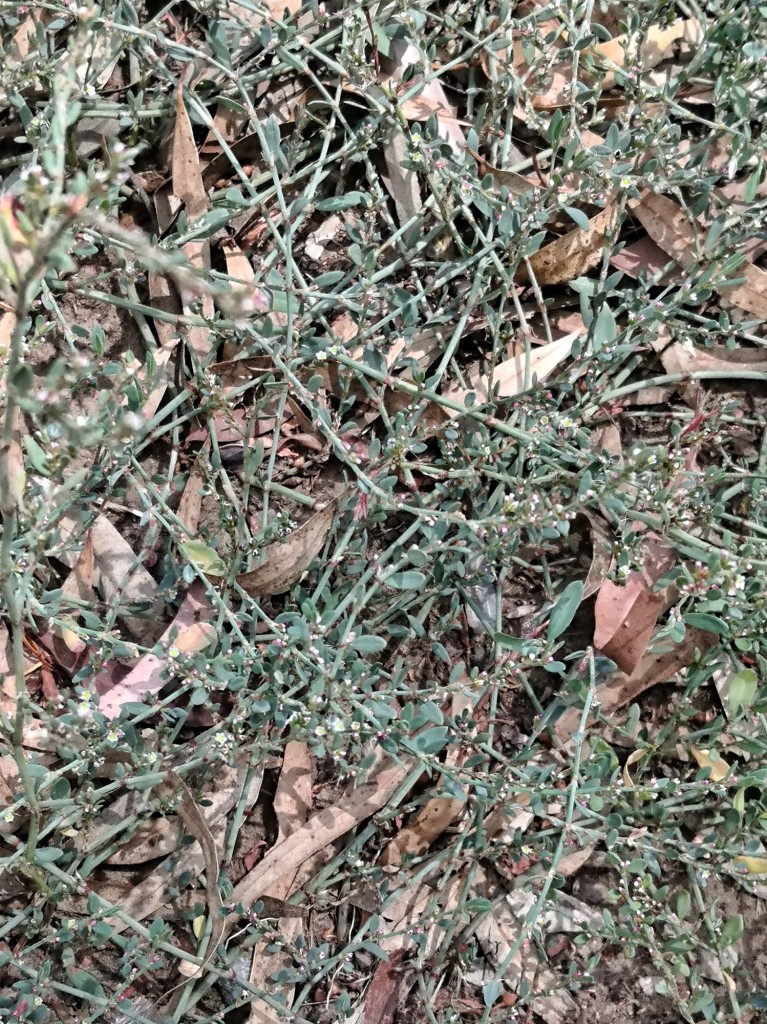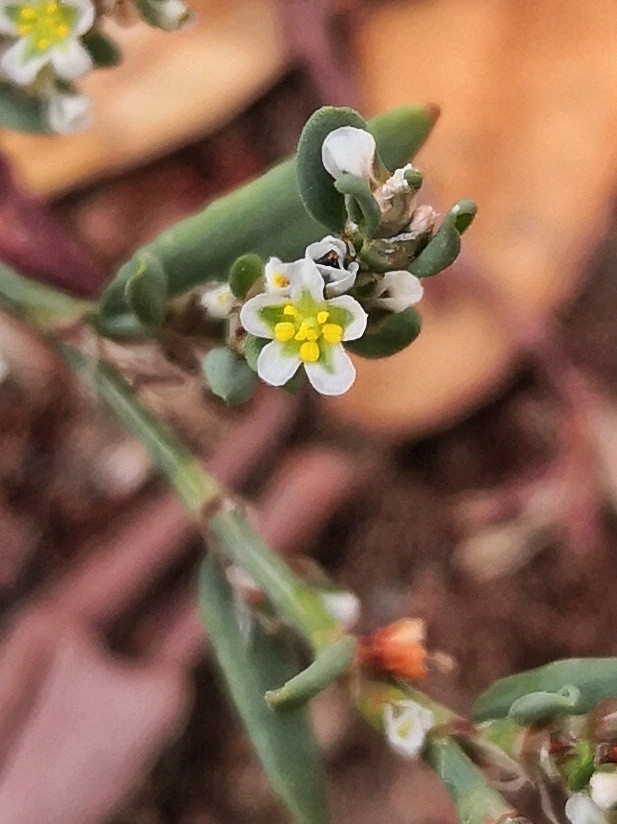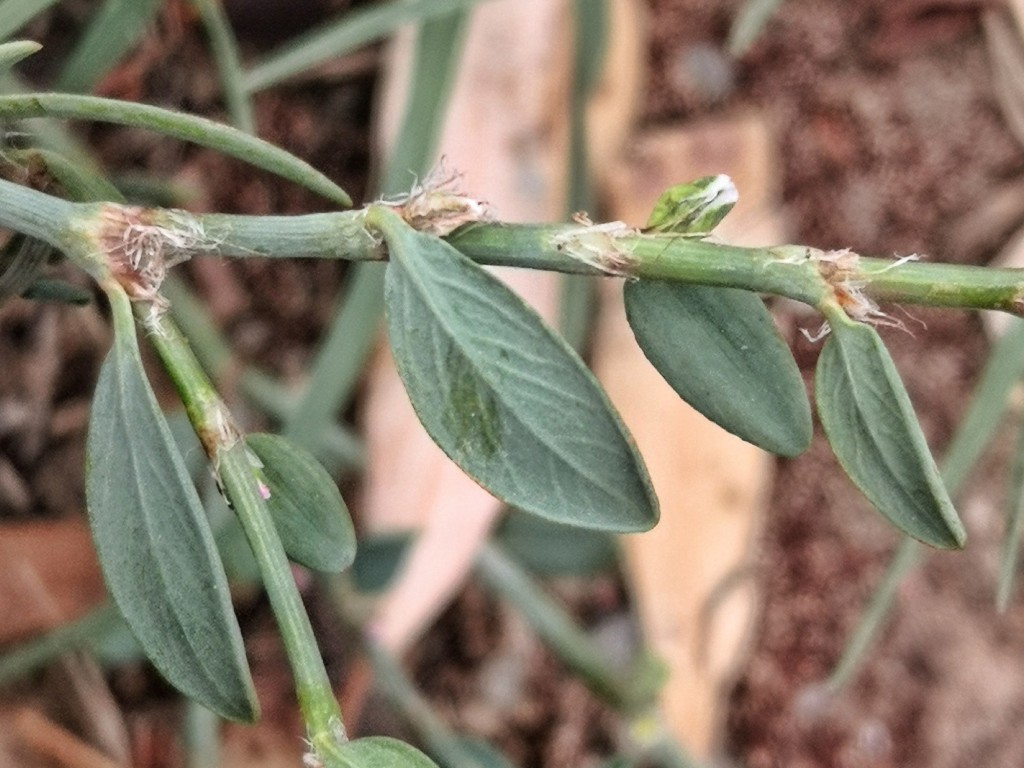
Common names: Prostrate Knotweed, Common Knotgrass, Pigweed, Knotweed, Bird’s Tongue, Bian Xu
Taxonomic name: Polygonum aviculare
Family: Polygonaceae
Related herbs: , P. bistorta (Snakeweed), P. hydropiper (Water Pepper), P. persicaria (Lady’s Thumb), Rheum rhabarbarum (Rhubarb)
Area of origin: Europe
Parts used:
Can be used for: food, diabetic thirst, external wounds, diarrhoea, coughs, bronchial catarrh, chronic phlegm, excessive blood clotting
Actions: secretolytic, diuretic, haemostyptic, astringent, purgative
Taste: a mix of astringency and mucilaginous (they’re not really tastes but the closest description I could come to one for you).
Tissue states: heat and damp
Energetics: cooling, drying, clearing
Healing constituents: mucilage, flavonoids, sugars, acids, tannins, silicon
Warnings: none
Description
A prostate, multibranched, wiry (hence the name) annual. Leaves are alternate and lanceolate with a silvery (often red tinged), papery sheath at their base. Flowers are in the axil of the stem and are in clusters of between 1 and 3. They are white with a green tinge toward the middle. Sometimes the flowers have a pinkish tinge. 5 yellow stamens.
Interestingly, there is little to no nectar or scent to the flowers, meaning that you don’t see many insects around them.
The root is branched and woody, and is an identifying feature where some of the other species occur, which isn’t here.

Wireweed (Polygonum aviculare), also known as Prostrate Knotweed is one of those Summer favourites of gardeners who try to remove them from their gardens and footpaths as quickly as possible. They may be surprises to learn that such a tough plant has several medicinal uses.
As with many very hardy weeds, Wireweed can be used in cases minor cuts and scrapes to staunch the bleeding. Like most of its hardy cousins who live on waste ground, it is full of tannins that bind proteins in wounds and help clotting. Taken as a tea, it can also help haemorrhoids and diarrhoea as its tannins and flavonoids bind and sooth the membranes of the gut and intestines.
Wireweed has another benefit that might not be so obvious, it contains powerful decongestant compounds making it helpful in cases of coughs and cold. It helps soothe inflamed mucous membranes in the mouth and throat. Even more amazing, Wireweed is used to help reduce the thirst associated with diabetes. It is a diuretic and apparently, old herbals recommend drinking it with wine for that purpose.
Mrs Grieve tells us that the fruit is emetic (causes vomiting) and purgative (vomiting and stools).


Preparing and using Wireweed
Matthew Wood recommends preparing Wireweed as a cold infusion because some of the constituents aren’t tolerant of being heated.
Fresh juice can, according to Mrs. Grieve, stop nosebleeds and an ointment made from it is used for sores.
Other herb pages on Ligaya Garden
We cover a lot of ground on many herb related topics here on our website. There are whole pages devoted to different topics as well as frequent posts. Some of the links are –
